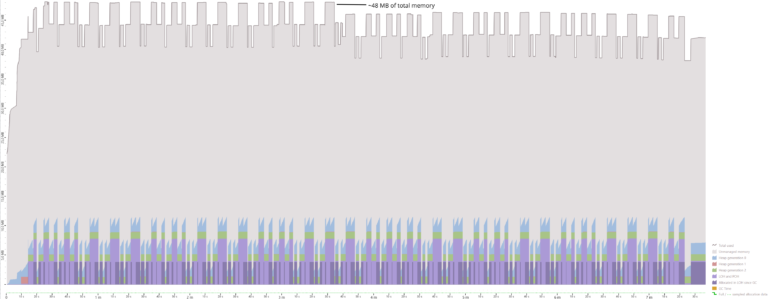Pragmatische Microservices-Architekturen mit .NET Core – Patterns & Code
Angetrieben durch mögliche Nachteile einer monolithischen Architektur wollen Microservices und damit verbundene Designpatterns und -ideen das scheinbare Allheilmittel sein. In diesem Vortrag klärt Christian Weyer die folgenden Fragen: Was sind Microservices und was sind sie nicht? Wann setzt man sie ein? Und vor allem: Wie baut und betreibt man Microservices in der .NET-Core-Welt? Sehen Sie Architekturansätze und Patterns in Aktion und erleben Sie Technologien wie Service Discovery, Web APIs, SignalR, Message Queuing und Co. im praktischen Einsatz. Versuchen wir also gemeinsam, langweilige Architekturthemen spannend zu machen: auf pragmatische Weise. Dieser Talk richtet sich an .NET-Entwickler- und -Architekten, die Microservices verstehen und ohne jegliche Frameworks und Clouds in Aktion sehen wollen.
Event

Slidedeck
Hallo, .NET Developer!
Du begeisterst Dich für .NET-basierte Cloud-Native-Lösungen?
Du möchtest, dass Deine Expertise zum Einsatz kommt und von einer Expertenschaft gechallenged wird? Du weißt, dass nur durch Research auch während der Arbeitszeit neue Technologien erlernbar sind und erst damit Innovation möglich wird?
Weitere Artikel zu .NET Core, Microservices


Data Access in .NET Native AOT with Sessions


Native AOT with ASP.NET Core – Overview


Incremental Roslyn Source Generators: High-Level API – ForAttributeWithMetadataName – Part 8


.NET 7 Performance: Regular Expressions – Part 2
In this second article of our short performance series, we want to look at the latter one of those problems.



